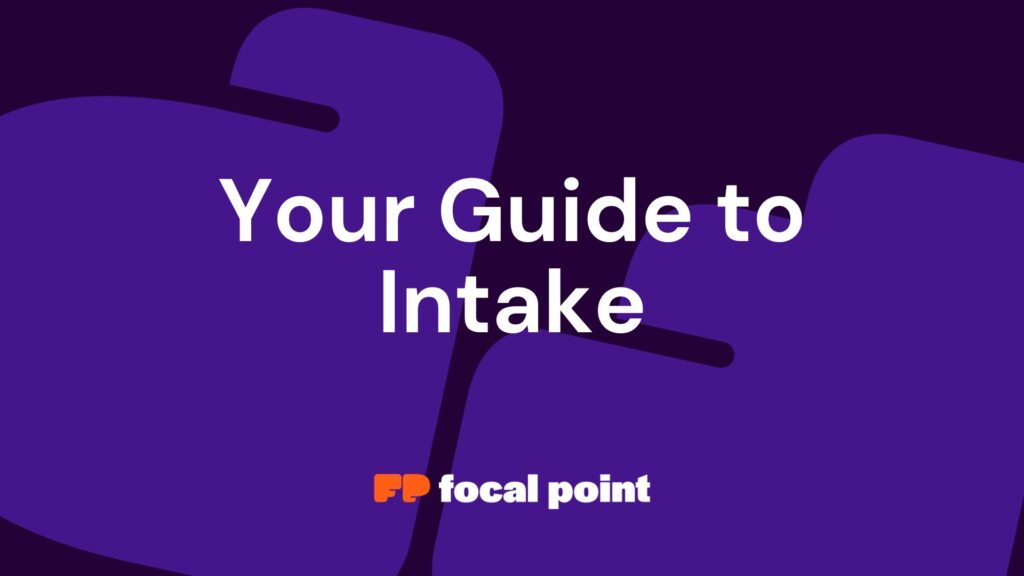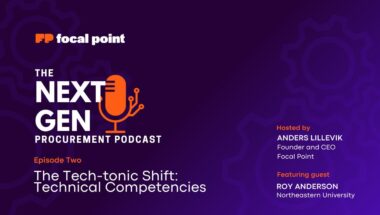Is it time to streamline your intake-to-procure process?
Why It’s Important for Maximizing Procurement Value.
Within any organization, effectively managing intake is crucial as procurement evolves, more stakeholders get involved, and optimizing procurement spend becomes a priority. The increasing complexity of purchase scenarios is forcing organizations to find ways to streamline their procurement processes to ensure efficiency, optimize spend, and maintain regulatory compliance.
What is Intake?
Procurement professionals define intake as the procedure through which an organization handles an employee’s request to make a purchase. It serves as the gateway for procurement teams to handle requests and begins when an employee identifies the need to procure goods or services.
Though clear on its definition, procurement overall lacks a uniform and streamlined intake process. Historically, employee requests are sent in email and managed in Excel with no visibility between departments or even between teams on who owns the process—leading to redundancies and wasted spending. The role of a streamlined intake process, as part of a larger procurement management strategy, is to bring visibility to the request journey and allow employees to efficiently onboard vendors, and oversee their requests through final approval, all while effectively managing risk.
The Shift in Intake Culture
Intake processes have different definitions by company, department, and even individuals. It can be difficult to implement improvements without a standardized understanding of how your organization approaches intake. Some companies may have relied on disparate spreadsheets and workflows or accommodate verbal requests, but realize the need for a more uniform way to connect to vendors and share information internally. Organizations likely also differ in how strictly they enforce any predetermined intake processes, but find that without structure or a proper workflow, requests slip through the cracks.
Key Components of an Effective Intake Process
To build an efficient intake process, it is crucial to understand the individual components that must work together to create a unified process. The first is developing a well-defined and standardized framework for how the intake process should be structured. Within this framework, it should be clear who is responsible for granting approvals and making the approval processes seamless. The parties involved should have visibility from request through implementation and ultimately have the data to calculate the ROI on procurement activities and time saved. The following can be managed manually, but are made much easier through a unified procurement platform.
Because of the attention to detail that a unified procurement solution provides, total visibility over the intake process leaves little room for ambiguity when it comes to the type and quality of vendor ensuring that unethical labor or sourcing practices, scams, etc. are avoided.
The Impact of a Well-Managed Intake Process
A well-orchestrated intake process serves as a vigilant guardian, diligently overseeing vendors from their initial engagement to the final stages of procurement. Such oversight prevents suppliers from automatically renewing contracts, facilitating continuous assessment of their performance.
Intake enhances the end-to-end ordering process, resulting in a notable reduction in the purchase order cycle time, which in turn, minimizes the occurrence of emergency orders, providing a smoother and more predictable supply chain. Finally, proper intake effectively controls spending, empowering organizations to optimize their budgets and allocate resources more efficiently.
Many organizations are overdue for an internal paradigm shift in how they approach intake—taking it from a disorganized free-for-all to elevating the meaning of intake to a key strategic initiative for the procurement function.



